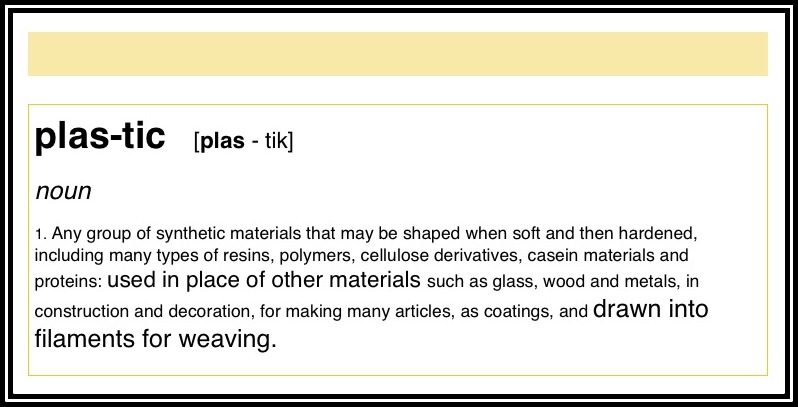 Plastic is convenient It’s also in some surprising places, and this article is not just about plastic grocery bags or food storage. There’s been an ongoing debate over paper versus plastic, basically coming down to a question of Natural Resources. There are valid arguments on both sides, some can get pretty complicated and detailed. Here’s how I break it down to simplest terms on both sides:
Plastic is convenient It’s also in some surprising places, and this article is not just about plastic grocery bags or food storage. There’s been an ongoing debate over paper versus plastic, basically coming down to a question of Natural Resources. There are valid arguments on both sides, some can get pretty complicated and detailed. Here’s how I break it down to simplest terms on both sides:
- Point A Plastic and disposable materials like diapers fill up the landfills with chemicals and introduce more chemicals to the environment through manufacturing.
- Point B Paper and natural materials like cloth diapers and fabrics require the use of natural resources (trees,cotton,etc), water and energy to produce and keep clean.
I suppose I will be drawing a line in the sand and putting myself into the cloth diaper and natural materials camp. I believe it is better for our world to be good stewards of our natural resources and avoid the use of plastics and synthetic materials that disrupt our delicate body systems. I also believe we can consume less so our natural resources can be conserved. I do feel better when I’m surrounded by natural materials like wood, bamboo, cork and organic cotton(as long as they don’t have chemical finishes on them (which will be an entire article on it’s own).
For the most part, plastic does not breathe (unless it’s a high tech performance fabric for athletic clothing), and it’s in many places you might not think of. So I’m probably going to offend the fashonista’s and Vegan’s out there, no offense intended, just my perspective!
Plastics have been linked with hormone disruption, and their toxicity remains even after they break down. They threaten marine life when they are not disposed of properly. My husband saw this first hand on the West Coast of Africa where shreds of black plastic washed up on the shore littering the beach with garbage. Plastic is just not REAL, it’s imitation. Sure there are benefits, it’s waterproof, and I do encounter plastic throughout my day, but I’m working to replace it with materials that are natural. If you take care of them, they’ll last a long time. These materials feel good in your hand, they have substance, and they’re good for you.
Here are some simple, and fun things that can replace your plastic:
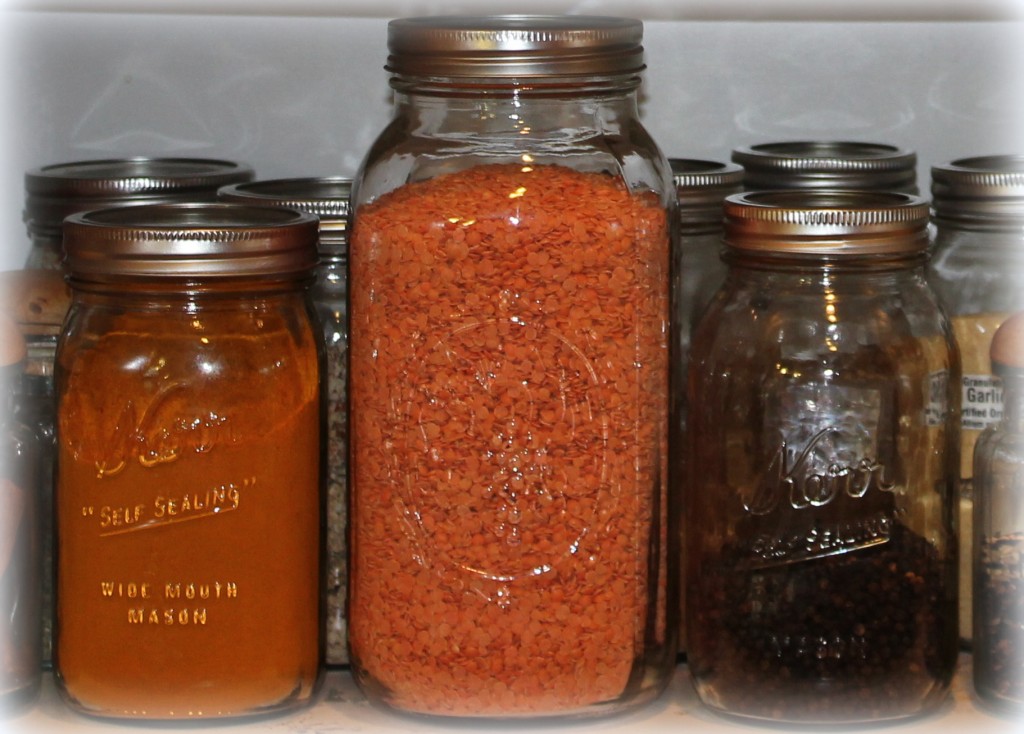
Shoes -Does anyone remember jellies? They were as plastic as you can get, and they were shoes. Today, plastic shoes come in pretty close replicas to leather. They are so common you may have to read labels to know what you are getting. Shoes made of man-made materials (PVC/plastic) do not breathe, it’s like wearing a plastic bag on your foot, they might even make your feet sweat. Imagine all the reflexology points on the soles of your feet drinking in the man-made/synthetic materials. I do prefer leather shoes (sorry, vegans) because they BREATHE, give good support and they conform nicely to your foot. Another great option is fabric or cloth shoes.
Toms.com has a big selection of ethically made cloth shoes and they donate a pair to someone in need for every pair they sell. They even have vegan shoes!
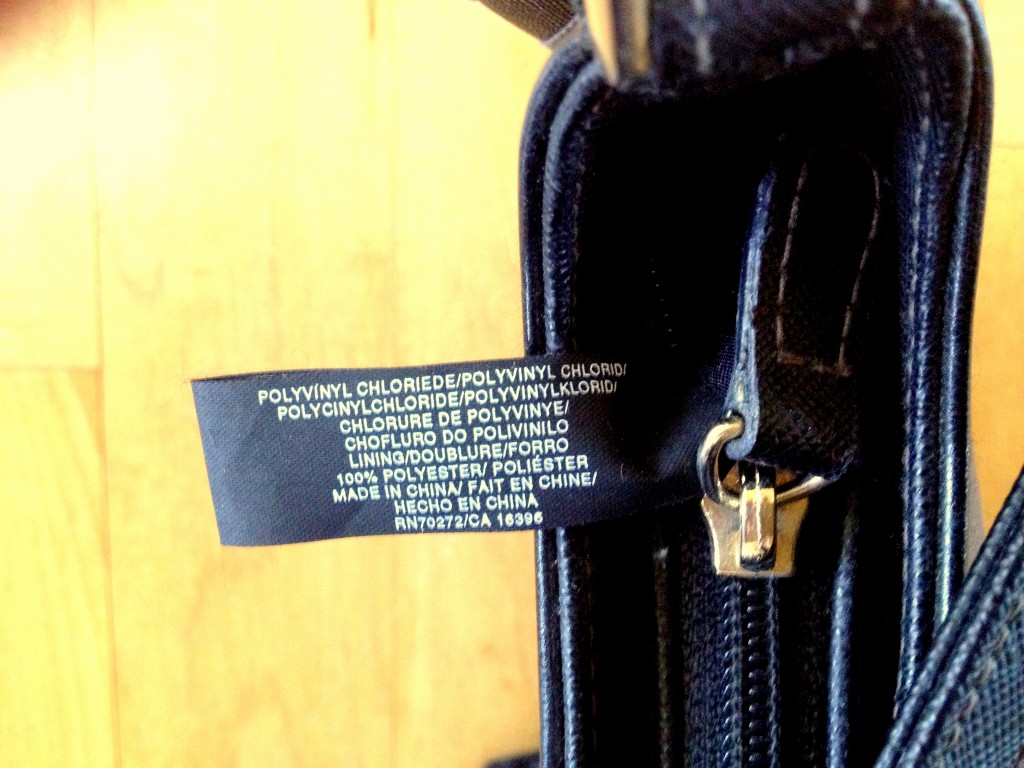
8. Plastic Purses Skip the “Pleather” and go for fabric or real leather handbags (fair trade and ethically raised animals)
9. Clothes Maybe it’s a stretch, or a little crude, to call clothes plastic (PVC raincoats are clearly plastic, aren’t they?). Just like processed, packaged foods, poly(est)er should not make up most of your “clothing diet”. I realize that some technical clothing is helpful for athletic training, I’ve got a degree in Textiles and can appreciate high tech fabrics that support a rigorous training schedule. Our family makes good use of technical fabrics – my yoga practice, my husbands’s marathon training, football volleyball, basketball & baseball players to name a few, place high demands on the clothes we wear. I see firsthand how important it is to have functional, yet pure clothing. When you’re done working out, make sure you replace the sweaty man-made materials and cover your skin with breathable natural fibers like cotton or linen. More high tech fabrics are now designed in anti-microbial versions which I try to avoid as much as possible. Have we seen a positive impact from using anti-bacterial soaps? No. Likewise, I think we are asking for more problems by expanding anti-bacterial products to clothing we might wear for long periods of time. Patagonia is one of my favorite clothing companies because they are investing in our environment, creating clothing that is good for people and trying to make a positive impact on the world.
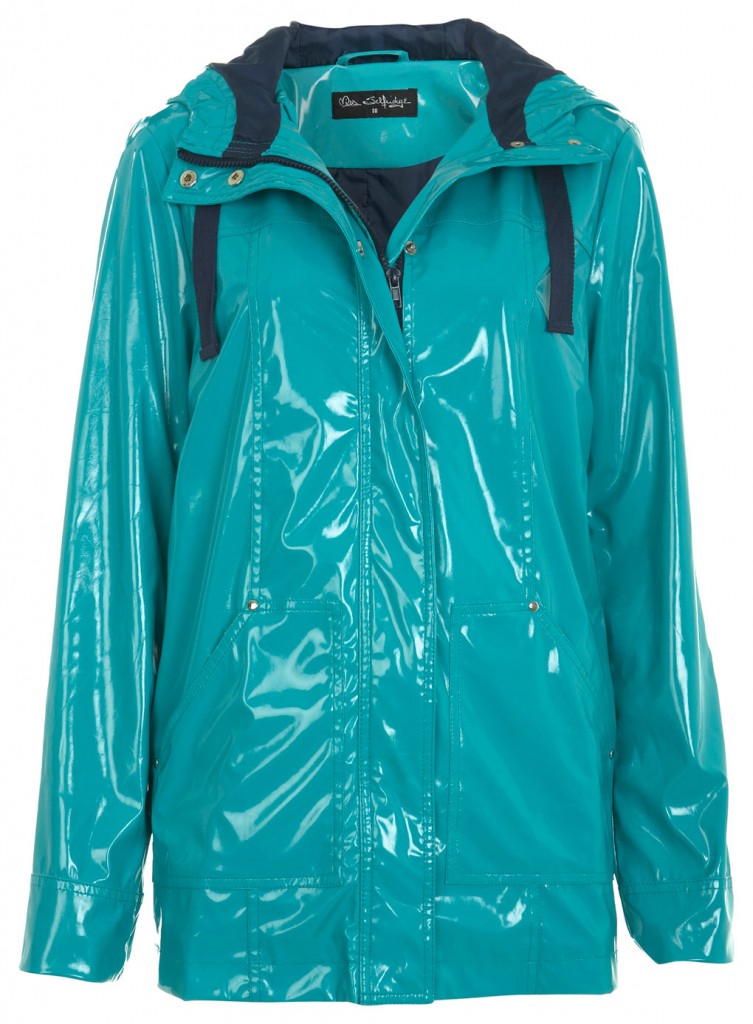
10. Skip The Receipts BPA is a chemical used to create plastics. It was banned in children’s products (bottles and drinking cups) in 2010, but it continues to be used on some papers including many store receipts. You can read about the full findings and which store’s receipts have it and which ones don’t at EWG.org.
11. Yoga Mats – Traditional yoga may be practiced on a deer or other animal skin or fur. Modern America has come up with a plastic version. Yes, many yoga mats do contain PVC and all those chemicals are being absorbed into your skin. Make sure your mat is PVC free. You’re nose will often know, strong chemicals emit a strong odor. There are natural mats in many different materials: wool or cotton (which provide cushioning but can be slippery and are best for practices like Thai Yoga) My favorite is a natural rubber mat like mine from JADE yoga. My natural rubber mat has excellent gripping texture that gives you amazing support in your “Down Dog” (zero slipping in the hands and feet, even in “hot yoga”). And I don’t have to worry about what mystery chemicals may be in a synthetic mat.
12. Support businesses that are going green. Many restaurants and natural food grocers are providing compostable and biodegradable containers for take-out foods. This takes a big burden off of landfills and avoids the use of styrofoam and plastic containers that can contaminate our food. Vote with your dollars when you shop and dine out to support businesses that are working to make our world a better place. It’ll be good for you and the planet. In.gredients.com is a soon to be opening store in Austin, Texas where consumers bring their own storage containers and buy foods from bulk containers, the plan is for the grocer to be “zero waste”. A vision of how are shopping patterns may change.
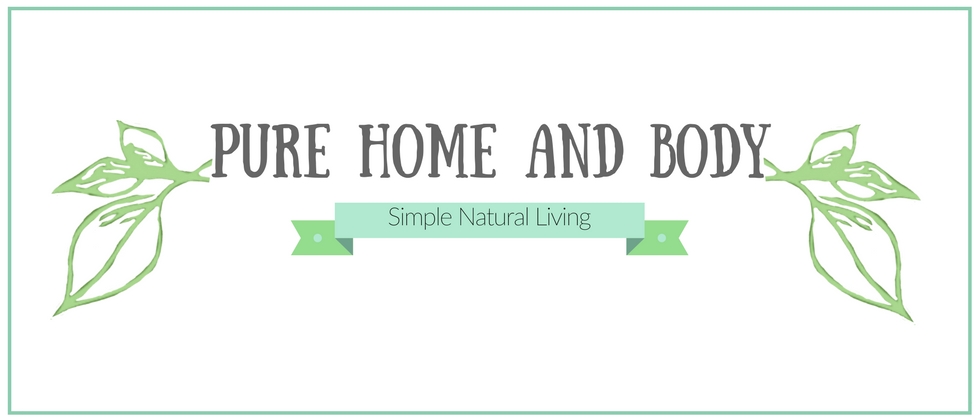

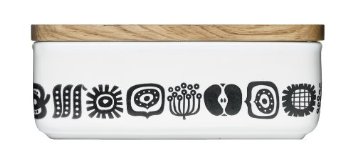
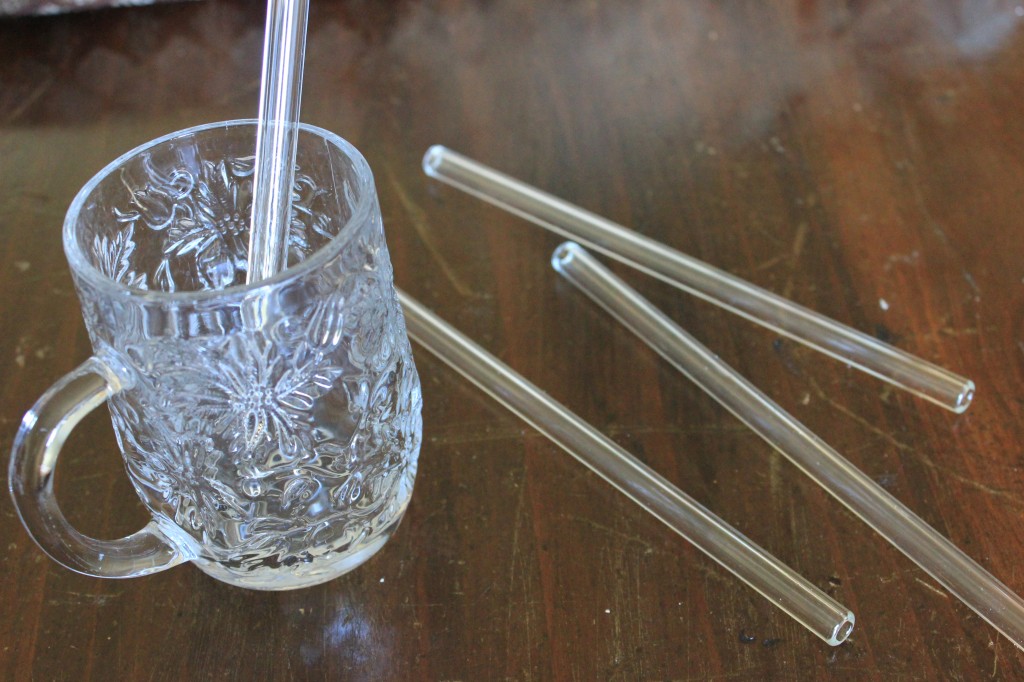
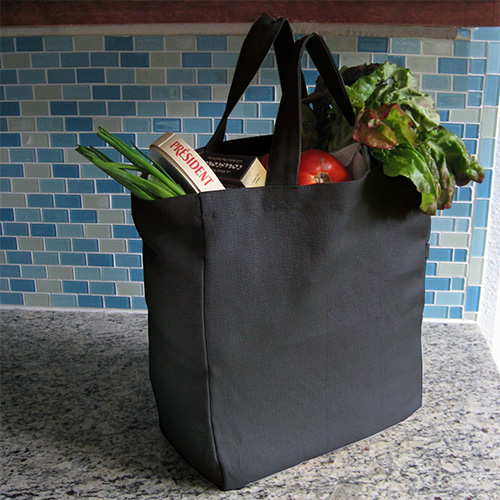
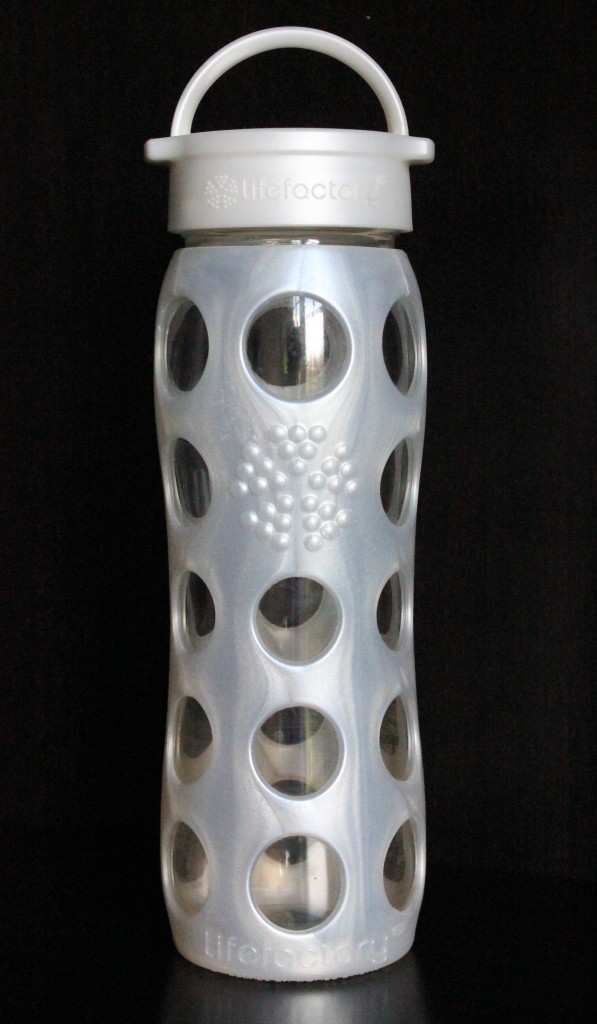
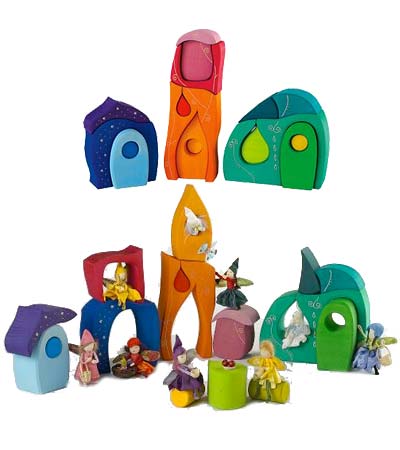
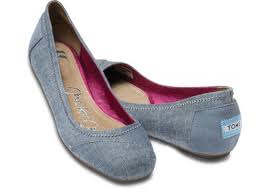
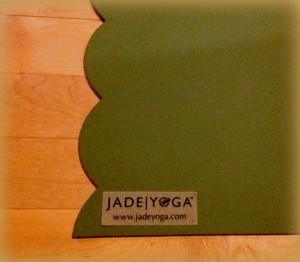







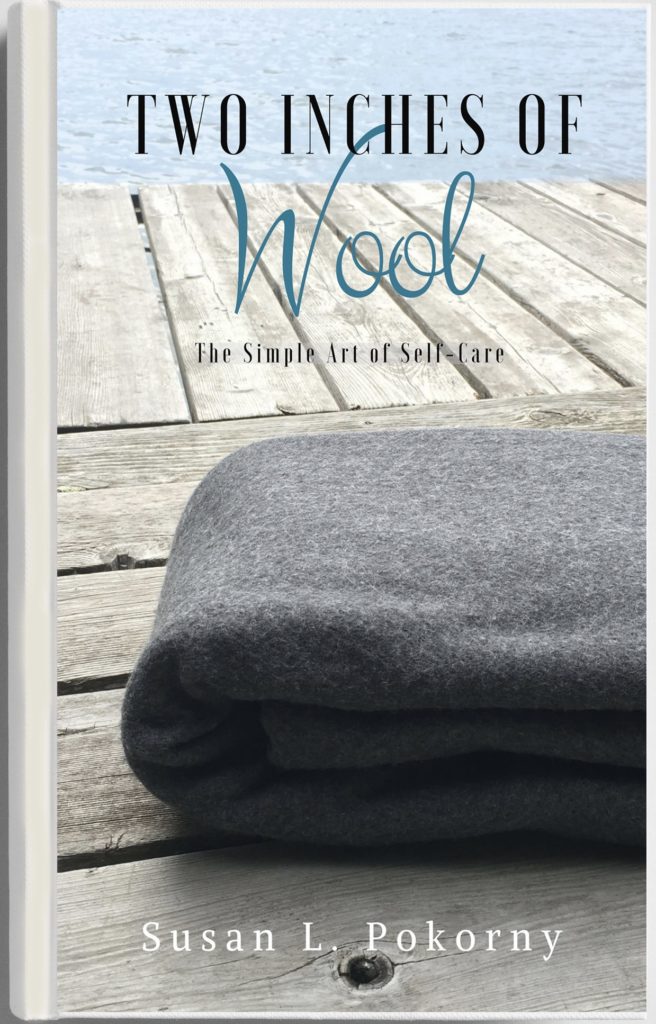

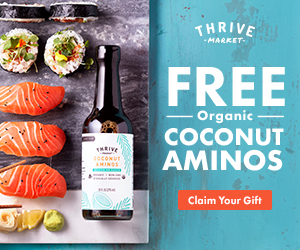


Great article – loads of plastic-free, UK products sourced up at my blog to help you cut some trash from your life x
Hi Kate! Thanks for stopping by. You have some great content on Living with Less Plastic. I can’t believe England has approved the production of plastic money. All the more reason to cut down our use in any other places we can. Cheers!
I have read that I should transfer the things I buy that are packaged in plastic to glass or some other non-plastic containers as soon as possible after purchase. What confuses me is how will this save me from the harmful effects of the chemicals in the plastic when the product has already been exposed to them?
Good point, Vonda.
In the case of plastics, we are still learning more and more about the factors that may magnify our body’s absorption of the chemicals. Just recently some scientists found that applying hand sanitizer, touching a cash register receipt (which has a BPA plastic chemical coating) and then eating a greasy food like french fries gives your body a MEGADOSE of BPA.
Anything we can do to lessen the time our foods come in contact with plastics, the better. This research study is just the beginning of what we may be learning about our food chain and how Plastics fit in it. Most things we’ve learned about plastics and continue to find is they are not benefiting us in any way except in matters of convenience.
http://time.com/3531776/bpa-receipts-fast-food/
This is a great website I am glad I came across it. Looking at the state of affairs, plastic production has gone up 20 fold in the past 50 years, and neither the media nor the industry (petrochemicals and other industries adjacent to it that are using these byproducts) cares much. The driving force behind plastics is commercially minded and consumers are unaware of the real facts, because the message in the media is either skewed or is disjointed. Currently, 70% of the global economy is trade, and an average apple travels over a 1000 miles to get to our table. Since this requires plastic packaging in order for it to have a long shelf life, it is this that needs to be addressed. We dont have to consume less, all we need to do is make some sense.
As to being overweight etc. I leave that to someone else to explain as that is when we would have to consume less. At this rate both the animals and us humans will erode and die a slow death.
Not many poeple know this but the main weapon of a psychopath is erosion, playing the cat and mouse game, and preying on the weak. Looking at legislation that is exactly what is happening. They ban and remove one chemical and the industry adds another one, which again takes years to test and then ban. The other problem is recycling which gives people the impression that its all going round in circles, therefore its OK to buy plastic. In reality, from 6 plastic bottles, only 1 gets recycled, while production is growing exponentially. Many things now dont look plastic either but they contain it. (canned food packaging). So it really now requires a doctorate to spot plastic in the first place!
On a practical level, I have replaced shampoo, bodywash and handwash (all petrochemicals), with one bar of organic levander soap, and I am all the better for it. I dont feel that its less convenient, or that I have to go without. In fact its much more practical.
Thanks for stopping by. Yes, I like the idea of just a bar of lavender soap. World would be a better place if we all eliminated a percentage of what we use.
cheers,
Susan